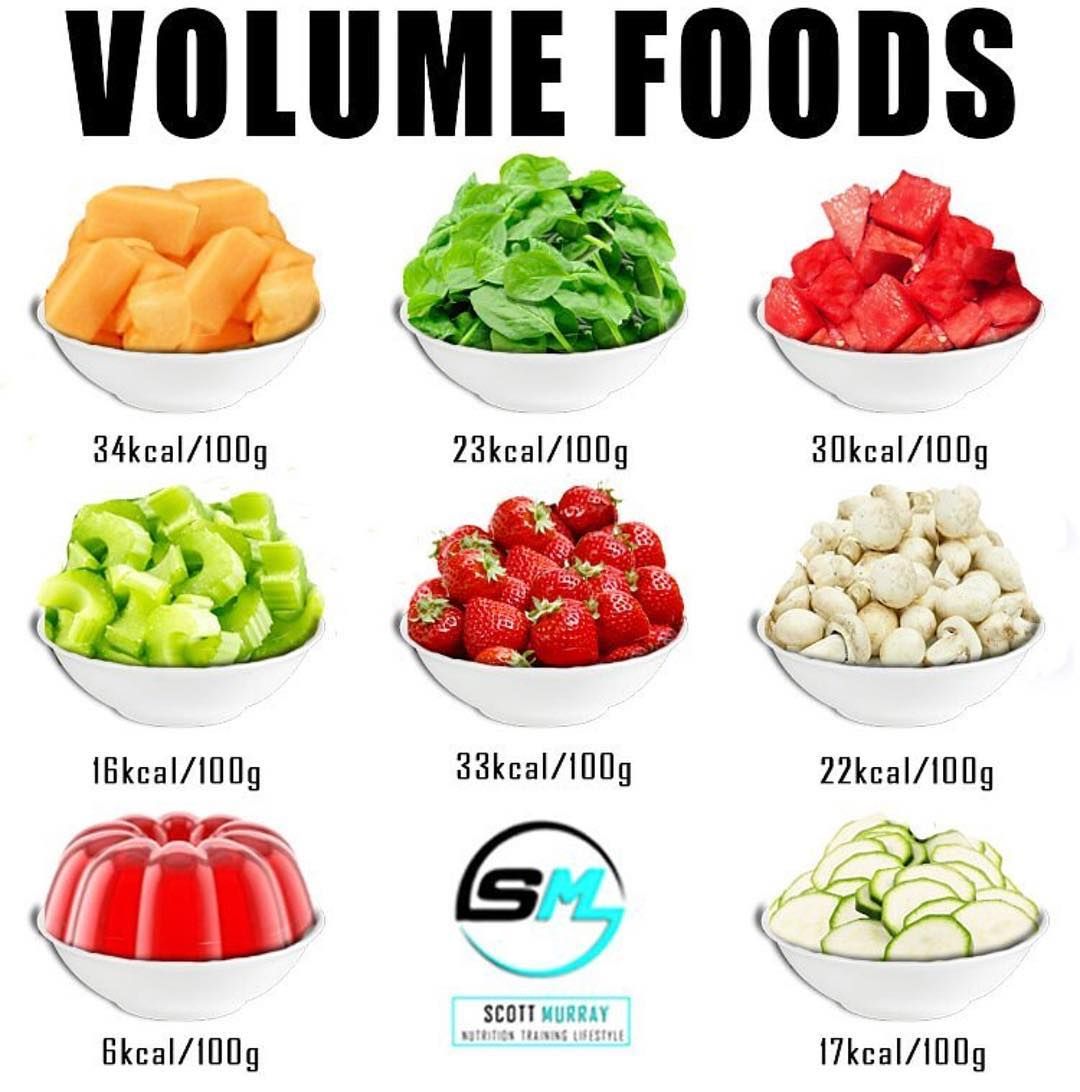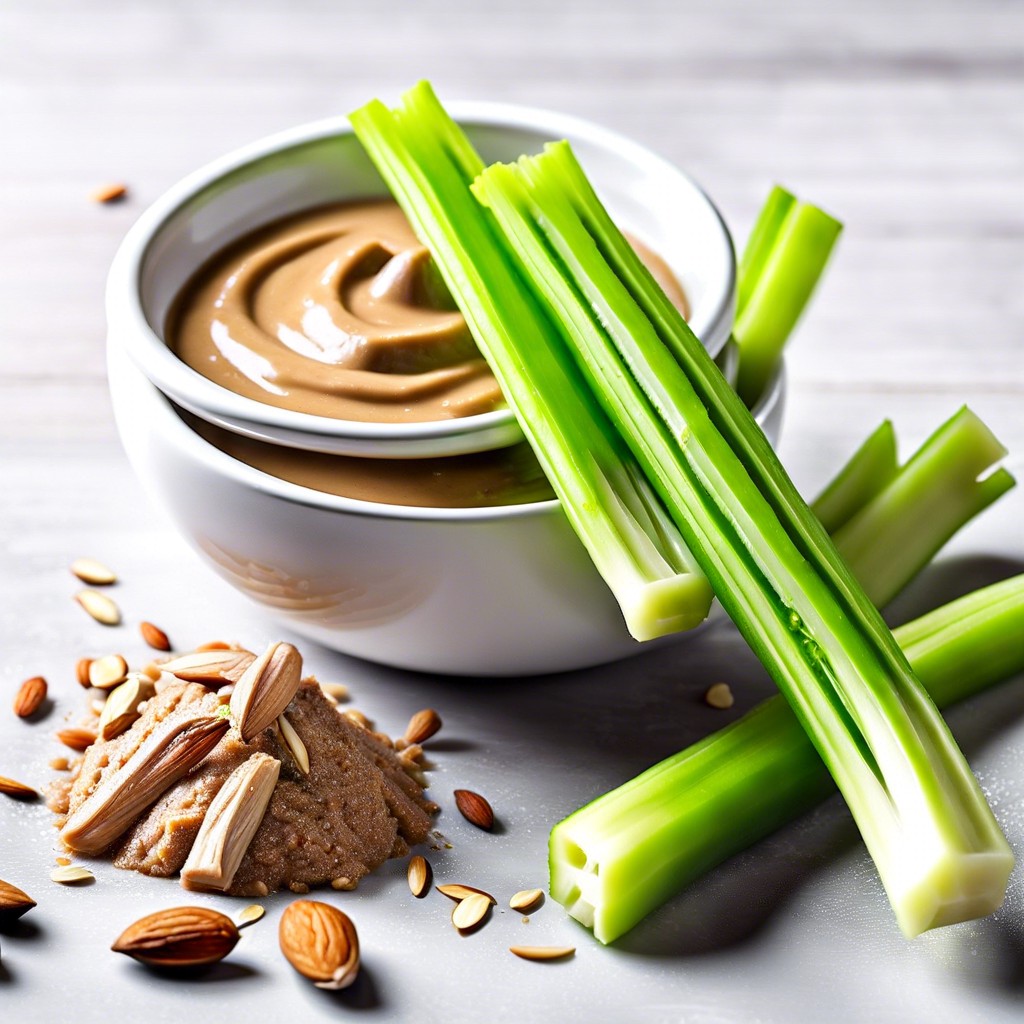Losing weight doesn’t have to mean giving up delicious food or feeling constantly restricted. In fact, with the right low-calorie recipes, you can enjoy flavorful, satisfying meals while making steady progress toward a leaner, healthier body. As we move through 2025, sustainable weight loss is all about science-backed strategies that focus on whole foods, balanced nutrition, and mindful eating habits.
Whether your goal is to slim down, reduce stubborn belly fat, or rev up your metabolism, incorporating nutrient-dense, low-calorie meals into your routine is a smart and realistic approach. Backed by expert insights from trusted sources like the Mayo Clinic and Healthline, this guide features 15 simple, delicious recipes—all under 400 calories per serving.
From colorful salads and hearty soups to protein-packed mains, each recipe is crafted to support fat metabolism while keeping you full and energized. Ready to discover meals that nourish your body and delight your taste buds? Let’s explore the world of low-calorie cooking and transform the way you eat—without sacrificing flavor or satisfaction.
Why Low-Calorie Recipes Are Key to Sustainable Weight Loss
Creating a calorie deficit—burning more calories than you consume—is the cornerstone of weight loss, according to a 2025 USDA Dietary Guidelines report. Low calorie recipes make this easier by offering flavorful, nutrient-packed meals that satisfy hunger without overloading on calories. Unlike restrictive diets, these recipes focus on whole foods like vegetables, lean proteins, and healthy fats, which promote satiety and support fat metabolism. A 2024 study in Nutrition Journal found that diets rich in fiber and protein can reduce calorie intake by up to 10% naturally, helping you feel full longer. By incorporating ingredients like Himalayan pink salt for electrolyte balance or ginger for its thermogenic properties, these recipes enhance digestion and energy levels. The result? A sustainable approach to weight loss that avoids the pitfalls of yo-yo dieting, as noted by Dr. Anita Raja in a 2025 interview with The Standard.
- Fiber for Fullness: Ingredients like leafy greens and legumes keep you satisfied.
- Protein Power: Lean meats and plant-based proteins preserve muscle mass.
- Flavor Without Calories: Herbs, spices, and citrus add taste without extra calories.

Low Calorie Recipes for Breakfast: Start Your Day Right
Kickstarting your morning with a low calorie breakfast sets the tone for mindful eating. These low calorie recipes are designed to energize you while keeping calories in check. A 2024 Journal of Clinical Nutrition study showed that high-protein breakfasts can reduce cravings by 15% throughout the day. Try these three breakfast recipes, each under 300 calories, to fuel your weight loss journey.
1. Matcha Green Tea Smoothie (220 Calories)
Blend 1 cup unsweetened almond milk, 1/2 tsp matcha green tea powder, 1/2 banana, and 1 cup spinach. This antioxidant-rich smoothie, inspired by the Japanese Mounjaro tea recipe, boosts metabolism with catechins, which increase fat oxidation by 4–5% during exercise (Nutrients, 2018). Add a pinch of Himalayan pink salt for electrolyte balance.
2. Greek Yogurt Berry Parfait (250 Calories)
Layer 3/4 cup plain Greek yogurt, 1/2 cup mixed berries, and 2 tbsp chia seeds. This protein-packed parfait supports digestion and keeps you full for hours. Berries add fiber and antioxidants, aiding weight reduction.
3. Veggie Egg White Scramble (180 Calories)
Whisk 3 egg whites with 1 cup diced bell peppers and spinach, seasoned with a pinch of black pepper. Cook in a non-stick pan. High in protein, this dish supports muscle preservation and satiety.
Low Calorie Recipes for Lunch: Light and Satisfying
Lunch is a critical meal for maintaining energy and curbing afternoon cravings. These low calorie recipes are perfect for busy days, offering balanced nutrition under 400 calories. They incorporate ingredients like lemon and ginger, which a 2024 Frontiers in Nutrition study found can reduce appetite slightly over 8–12 weeks.
4. Lemon Ginger Quinoa Salad (350 Calories)
Toss 1/2 cup cooked quinoa, 1 cup mixed greens, 1/4 avocado, and 1 tbsp lemon juice with 1 tsp grated ginger. This fiber-rich salad supports digestion and stabilizes blood sugar, reducing cravings.
5. Grilled Chicken Lettuce Wraps (300 Calories)
Fill 2 large lettuce leaves with 3 oz grilled chicken breast, 1/4 cup shredded carrots, and a drizzle of low-sodium soy sauce. This lean protein meal is low in carbs and high in flavor.
6. Cucumber Mint Soup (200 Calories)
Blend 1 cucumber, 1/2 cup plain Greek yogurt, and 5 fresh mint leaves with a splash of lemon juice. Serve chilled. This hydrating soup, inspired by the best Mounjaro recipe from Campuspress, promotes satiety with minimal calories.
Low Calorie Recipes for Dinner: End Your Day on a Healthy Note
Dinner should be light yet satisfying to prevent late-night snacking. These low calorie recipes emphasize lean proteins and vegetables, aligning with the 2020–2025 Dietary Guidelines for Americans, which recommend non-starchy vegetables for lower carbohydrate intake.
7. Baked Salmon with Asparagus (380 Calories)
Bake a 4 oz salmon fillet with 1 cup asparagus at 400°F for 12 minutes. Season with a pinch of Himalayan pink salt and lemon zest. Salmon’s omega-3s support fat metabolism, while asparagus adds fiber.
8. Zucchini Noodles with Turkey Meatballs (320 Calories)
Spiralize 1 zucchini and top with 3 oz lean turkey meatballs (baked) and 1/4 cup marinara sauce. This low-carb dish is filling and supports muscle maintenance.
9. Stuffed Bell Peppers (280 Calories)
Stuff 1 halved bell pepper with 1/2 cup cooked lentils, 1/4 cup diced tomatoes, and a sprinkle of cumin. Bake at 375°F for 20 minutes. Lentils provide plant-based protein and fiber.
Snacks and Beverages: Low Calorie Options to Curb Cravings
Snacks and drinks can make or break your weight loss plan. These low calorie recipes for snacks and beverages are designed to keep you hydrated and satisfied between meals. A 2025 Mayo Clinic report notes that proper hydration can boost metabolism by up to 30%.
10. Himalayan Pink Salt Lemon Water (10 Calories)
Mix 1 cup warm water, 1/8 tsp Himalayan pink salt, and 1 tbsp lemon juice. This Himalayan pink weight loss recipe supports hydration and electrolyte balance, reducing bloating.
11. Apple Cinnamon Slices (100 Calories)
Slice 1 small apple and sprinkle with 1/2 tsp cinnamon. Cinnamon may stabilize blood sugar, per a 2024 Journal of Nutrition study, curbing sugar cravings.
12. Celery with Almond Butter (150 Calories)
Spread 1 tbsp almond butter on 2 celery stalks. This snack combines healthy fats and fiber for lasting fullness.

Incorporating Japanese-Inspired Low Calorie Recipes
Japanese cuisine is renowned for its focus on fresh, low-calorie ingredients. These low calorie recipes draw inspiration from the Japanese Mounjaro tea recipe and traditional Japanese diets, which a 2025 American Heart Association report credits for low obesity rates.
13. Miso Veggie Soup (150 Calories)
Simmer 1 cup low-sodium vegetable broth with 1 tbsp miso paste, 1/2 cup sliced mushrooms, and 1/4 cup seaweed. Miso’s probiotics support gut health, aiding weight management.
14. Ginger Tofu Stir-Fry (300 Calories)
Sauté 3 oz firm tofu with 1 cup broccoli and 1 tsp grated ginger in 1 tsp sesame oil. Ginger’s thermogenic properties enhance calorie burn.
15. Umeboshi Rice Bowl (280 Calories)
Combine 1/2 cup cooked brown rice, 1 umeboshi plum, and 1/2 cup steamed spinach. Umeboshi’s citric acid supports digestion, per traditional Japanese medicine.
Tips for Maximizing Weight Loss with Low Calorie Recipes
To make the most of these low calorie recipes, pair them with lifestyle changes. Regular exercise (150 minutes of moderate activity weekly) and 7–8 hours of sleep, as recommended by a 2024 Sleep Journal study, enhance fat loss. Mindful eating—sipping hydrating drinks like the Himalayan pink salt recipe before meals—can reduce calorie intake by 10–15%, per a 2022 European Journal of Nutrition study. Avoid common pitfalls like overusing salt, which can lead to water retention, and focus on whole, minimally processed foods.
- Portion Control: Use smaller plates to naturally reduce portions.
- Meal Prep: Prepare recipes in advance for consistency.
- Hydration: Drink 8–10 cups of water daily to support metabolism.
FAQ
1. Can low-calorie recipes help me lose weight quickly?
Yes, low-calorie recipes create a calorie deficit, essential for weight loss. Pair with exercise for faster results, but aim for 1–2 pounds per week for sustainability.
2. Are Himalayan pink salt recipes effective for weight loss?
Himalayan pink salt supports hydration and electrolyte balance but doesn’t directly burn fat. Use sparingly to avoid sodium overload.
3. How often should I drink Japanese Mounjaro tea recipes?
Consume once daily, preferably in the morning, to support digestion and metabolism. Avoid late-day servings due to caffeine.
4. Can I use low-calorie recipes if I’m on medication?
Consult your doctor, especially if on medications like Mounjaro, to ensure dietary changes align with your treatment.
5. Do low-calorie recipes reduce belly fat specifically?
Yes, they can target belly fat when paired with exercise and a balanced diet. Ingredients like ginger may help reduce bloating.
6. Are low-calorie recipes safe for everyone?
Most are safe, but those with conditions like hypertension should limit salt and consult a healthcare provider before starting.
Conclusion
Aiming for weight loss in 2025? Our collection of low-calorie recipes provides a delicious and sustainable pathway to your goals. These 15 dishes are crafted around nutrient-dense ingredients, including lean proteins, fibrous vegetables, and metabolism-boosting spices, helping you effectively burn fat, reduce abdominal fat, and achieve a leaner physique without sacrificing satisfaction. For long-term outcomes, combine these meals with regular exercise, sufficient sleep, and attentive eating habits. Kickstart your journey today with these flavorful, scientifically grounded meals.